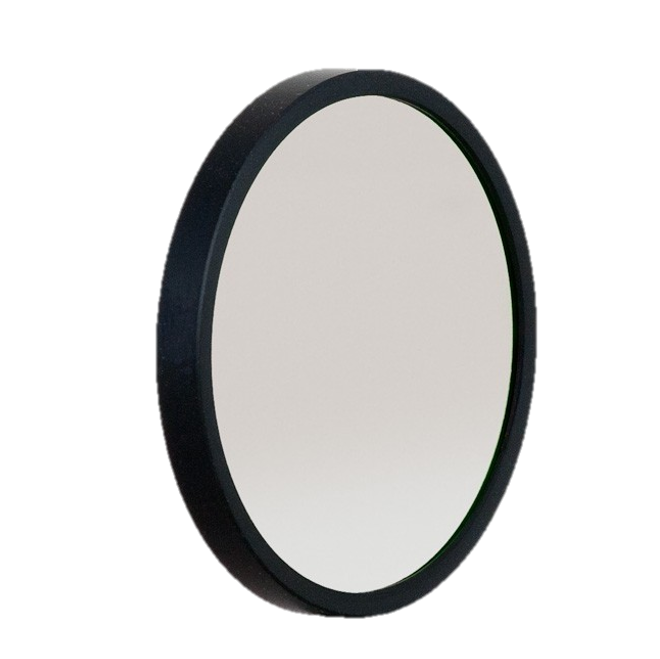Astronomik L-3 UV-IR Blocking Filter - 36 mm Round
Astronomik UV-IR Blocking Luminance Filters
The Luminance channel is believed to be the most critical aspect of achieving exceptional final image results. In order to gain as much signal as possible, the filter being employed must have a wide spectral bandpass so that it can realize the highest achievable transmission. These two features combine to offer maximum sensitivity while providing the highest photon counts on your pixels. But while a high transmission level is an optimal characteristic of Astronomik's new Luminance filters, some optical instruments, as well as supplemental optical devices such correctors, field flatteners, or reducers, are not perfectly color corrected. This produces problems such as the appearance of soft or bloated stars from incompletely focused light transmission or chromatic aberration. When this happens, image processing can be a challenge. However, with a Luminance filter that has a more narrow spectral window, this detrimental effect can be reduced or even altogether eliminated.
In order to provide users with all the necessary tools to gather the best possible data, Astronomik has bolstered their Luminance filter line. Now you can choose Luminance filter ideally suited for your telescope type to achieve the highest signal and sharpest image for the Luminance channel.
The color correction of your telescope will determine whether you should use a filter with a wider spectral window for the Luminance data. For the widest spectral window, choose the L1 filter; and for the narrowest spectral window, choose the L3 filter. The middle ground contains the L2 which has about the same size spectral window as Astronomik's current L-Filter.
If your optical system is completely chromatic aberration free, you should get an L1 filter for your setup. For general use with most optical systems employing a corrector, flattener or reducer in the optical train, the L2 is optimal. The L3 filter is made for users with refractors that have less than ideal color correction. Plus, when used in conjunction with Astronomik's new Deep-Sky RGB filters, the L3 filter will reduce that annoying bluish halo around stars.
The transmission curve characteristics and coatings on the new Luminance filters have been designed and engineered in such a way that no halos or reflections will be visible. Even with bright stars in the field of view you will be able to reveal the faintest structures in galaxies or nebulae.Like all Astronomik Filters, the new Luminance filters are made using an extremely durable and scratch resistant coating, deposited on the finest polished optical substrate, which is free of any striae or internal strains. All substrates are made to exactly the same thickness, so all Astronomik filters are parfocal.
Astronomik UV-IR Blocking Luminance Filter Highlights
- Parfocal with any other filter carried by Astronomik
- Fully resistant to damage caused by scratching, aging, and high humidity
- Diffraction limited, this filter will not reduce your telescope's optical efficiency
- Astronomik filters come with a long-lasting, high quality plastic filter box


